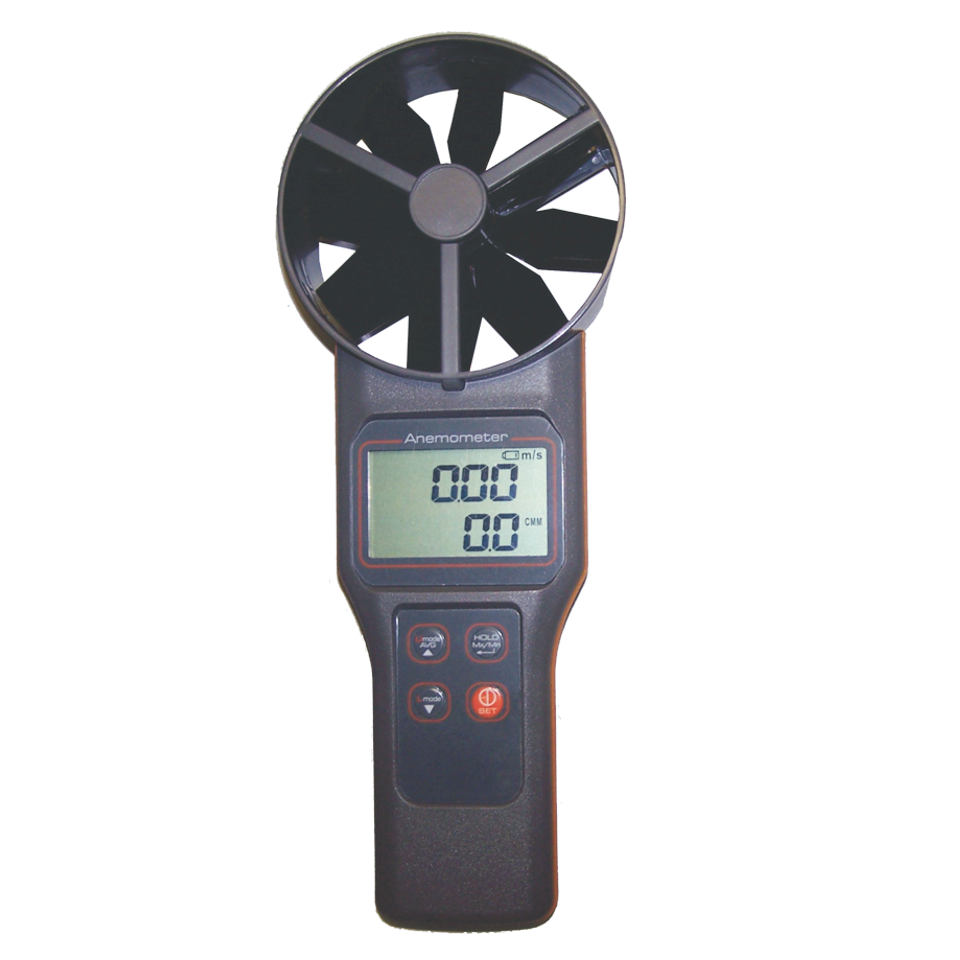All You Need to Find Out About Anemometers: Just How They Function, Why They Matter, and Where to Use Them
Anemometers, however frequently overlooked in the world of clinical instruments, play a crucial duty in various fields, offering beneficial understandings right into wind speed and airflow patterns. As we delve into the complexities of anemometer innovation, we will reveal the inner workings of these gadgets, their significance, and the key considerations when picking the appropriate anemometer for particular applications.

Anemometer Essentials
A vital tool utilized to measure wind speed and instructions, the anemometer plays an essential duty in weather forecasting and different markets. An anemometer usually consists of three or 4 mugs that revolve in the wind, a vane that aims into the wind, and sensing units to track the turnings or motions.
There are various kinds of anemometers offered, including cup anemometers, vane anemometers, hot-wire anemometers, and sonic anemometers, each with its unique features and applications. Mug anemometers are typically used for standard wind rate dimensions, while vane anemometers are favored for directional measurements. Hot-wire anemometers are ideal for low airspeeds, and sonic anemometers are optimal for high-precision measurements in research and commercial settings. Recognizing the essentials of anemometers is crucial for precise wind information collection and analysis across different fields.
Concepts of Anemometer Operation
Structure on the foundational understanding of anemometer basics, the principles of anemometer operation elucidate the mechanics behind wind rate and direction measurements. Cup anemometers, for circumstances, have three or even more mugs that capture the wind, triggering them to spin much faster as the wind rate increases. Hot-wire anemometers depend on a warmed cable that cools down as wind passes over it, with the rate of cooling down figuring out the wind speed.
Relevance of Anemometers
The relevance of anemometers in weather forecasting and different markets can not be overstated. Anemometers play an important role in determining wind speed and direction, providing important information for weather condition projecting, climate studies, ecological tracking, and air travel procedures. Meteorologists count on anemometers to collect accurate wind information, assisting them comprehend climate patterns, anticipate storms, and issue prompt cautions to the public. In industries such as building and construction, farming, sustainable power, and maritime procedures, anemometers are used to enhance processes, guarantee safety, and increase effectiveness. For instance, wind ranch drivers make use of anemometers to examine wind conditions and optimize electrical energy production from wind turbines. In the maritime field, anemometers help ship navigating by supplying real-time wind details to captains, assisting them make educated choices to make sure risk-free trips. Overall, anemometers are essential devices that add considerably to safety, performance, and educated decision-making in weather forecasting and a vast array of markets.
Applications Across Numerous Industries
In the sustainable power market, anemometers play a crucial duty in evaluating wind problems for wind ranch placements, making certain optimum power production. Industries like building and mining use anemometers to keep an eye on wind rates, crucial for security protocols, particularly when working at heights or in open-pit mines where solid winds can position dangers. In farming, linked here anemometers help farmers in handling crop spraying by supplying real-time data on wind speed to avoid drift.

Selecting the Right Anemometer for Your Requirements
For basic objectives, a mug anemometer is appropriate for gauging wind rate, while a vane anemometer supplies wind direction information. Hot-wire anemometers are excellent for low airspeed measurements, and ultrasonic anemometers supply high accuracy and toughness.

Verdict
In final thought, anemometers play a critical function in measuring wind rate and instructions throughout various markets. Recognizing the concepts of anemometer procedure is vital for selecting the best device for particular demands. From meteorology to air travel, anemometers are important tools for guaranteeing and accumulating accurate data safety in various applications. When choosing the most ideal tool for determining wind conditions., it is essential to think about the significance of anemometers in order to make informed choices.
There are different kinds of anemometers offered, including mug anemometers, vane anemometers, hot-wire anemometers, and sonic anemometers, each with its distinct functions and applications. Cup anemometers are commonly used for fundamental wind rate measurements, while vane anemometers are chosen for directional measurements. Hot-wire anemometers are suitable for low airspeeds, and sonic anemometers are suitable for high-precision measurements in study and commercial setups.Building on the fundamental understanding of anemometer fundamentals, the principles of anemometer procedure elucidate the auto page mechanics behind go right here wind speed and instructions measurements. For basic purposes, a cup anemometer is appropriate for determining wind speed, while a vane anemometer gives wind instructions data.